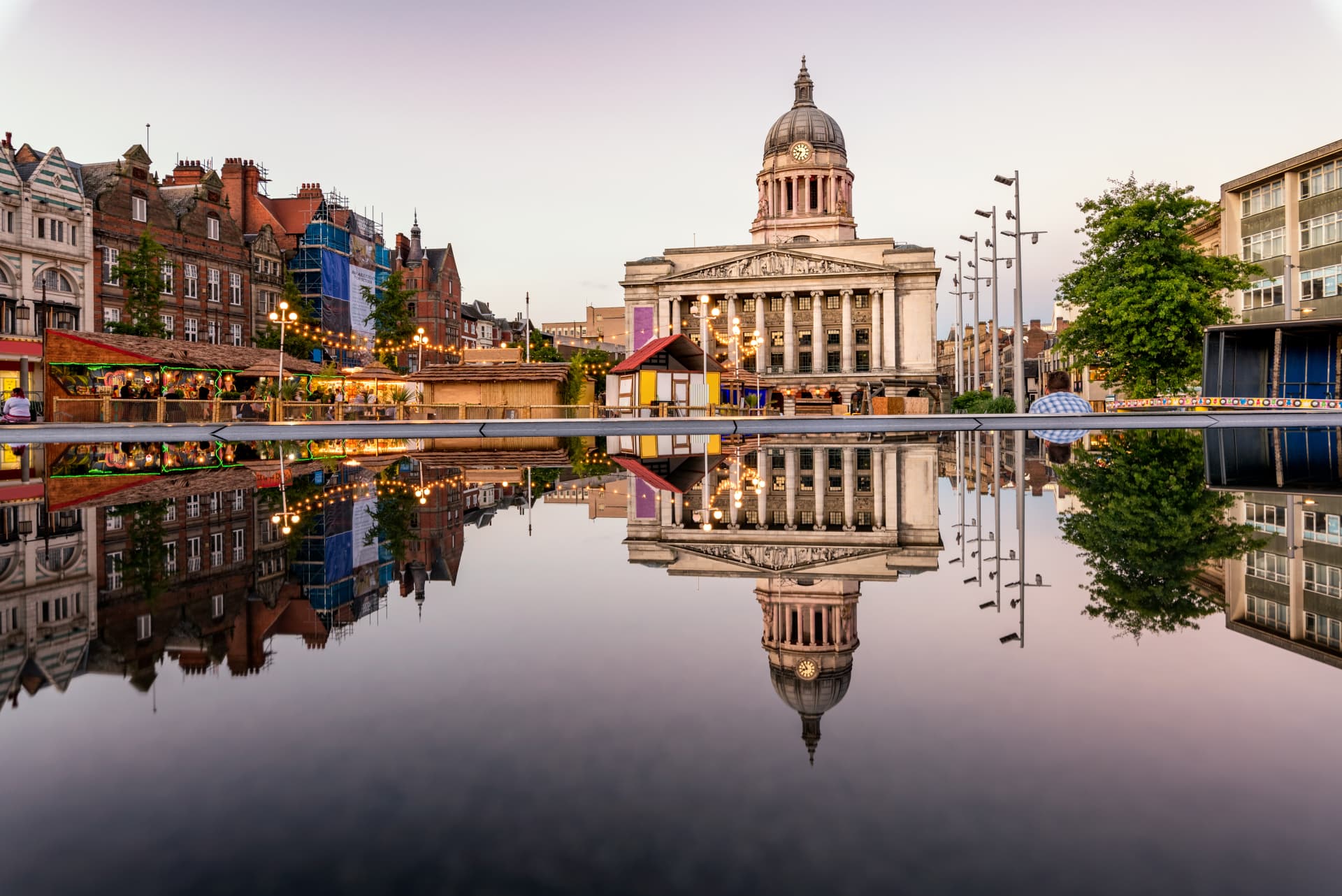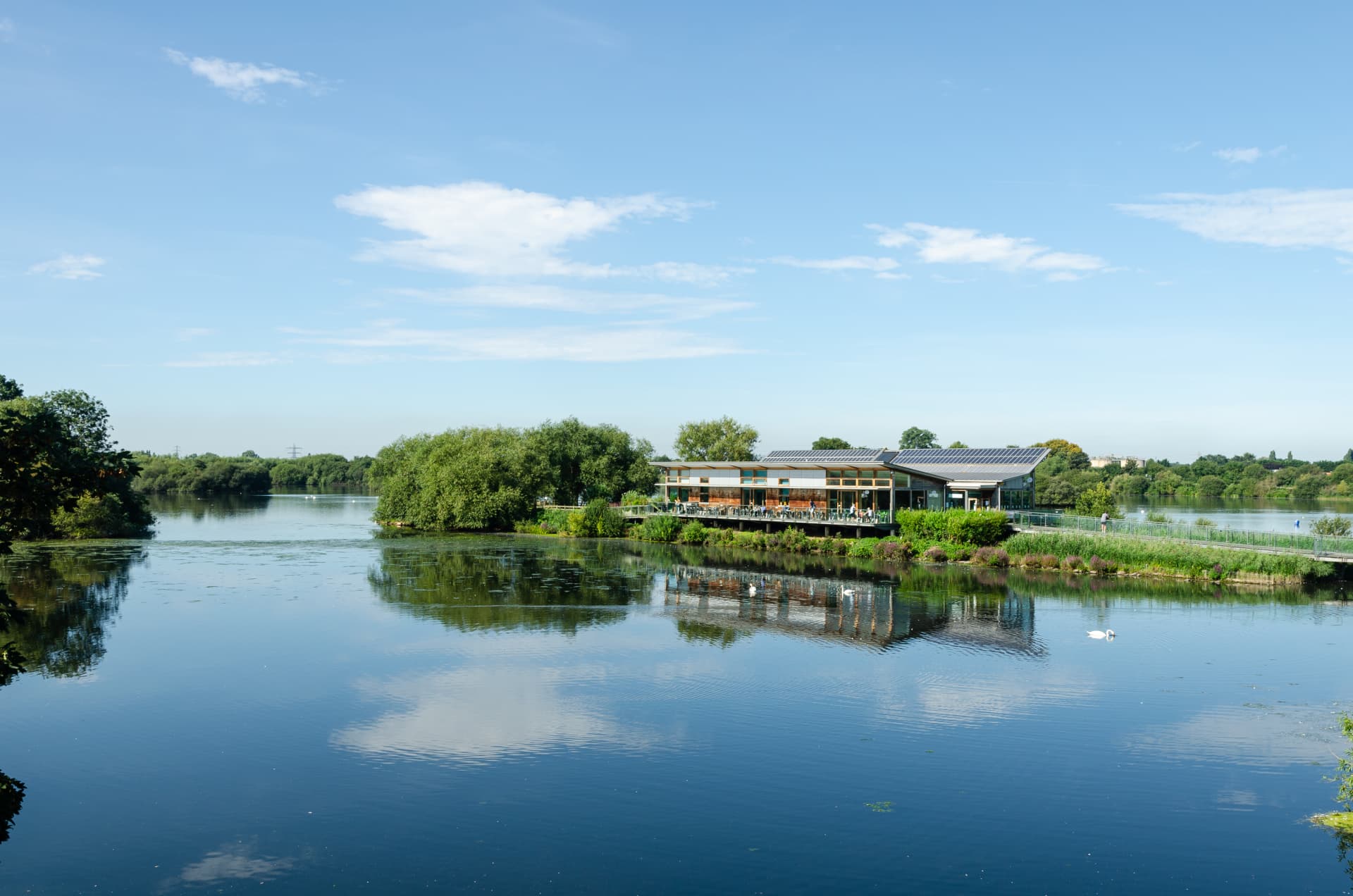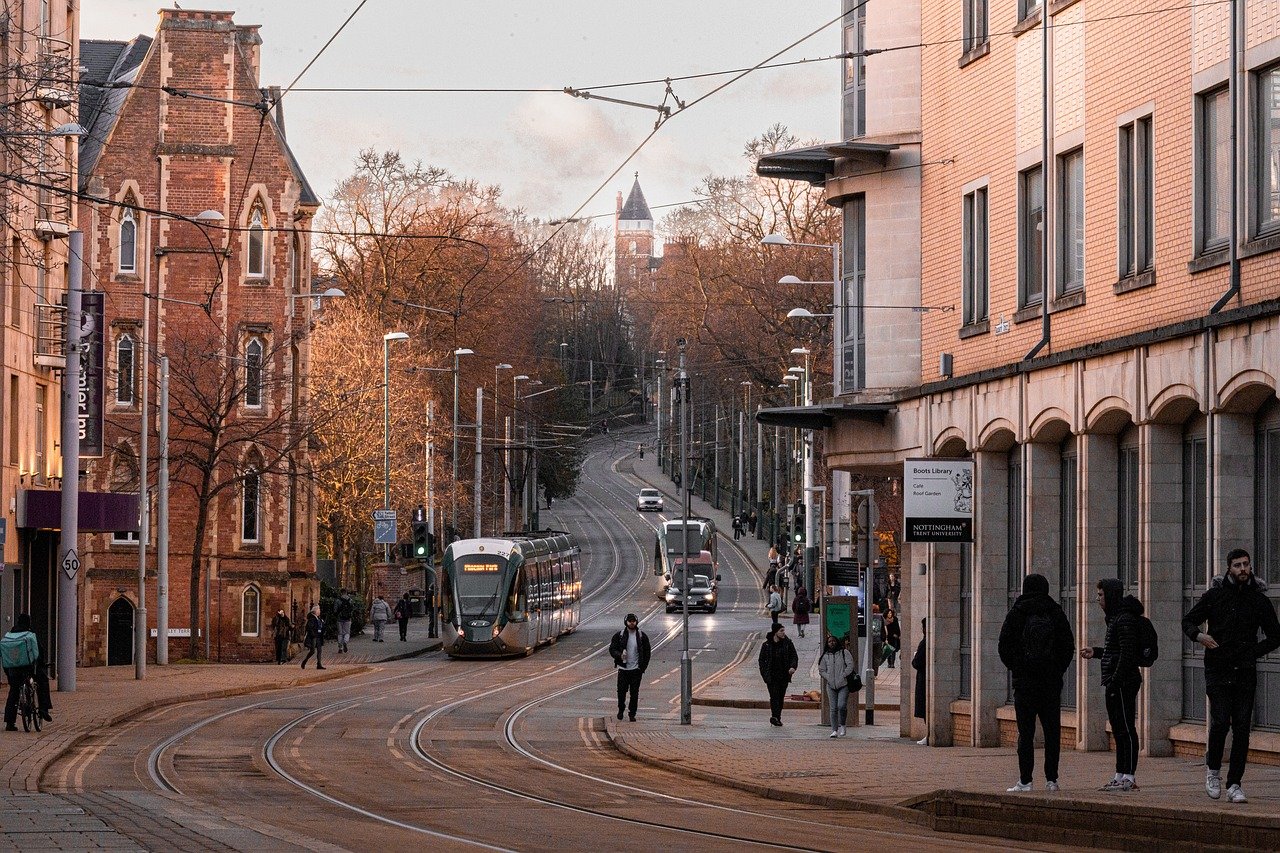
Nottingham is home to many fantastic attractions. From a lively city centre to rewarding art galleries, there’s plenty to be explored without spending a penny.
1. Wander around Nottingham’s vibrant city centre
One of the best-looking central squares in England, Nottingham’s Market Square remains the heart of the city, an airy open plaza whose shops, offices and fountains are overseen and overlooked by the grand neo-Baroque Council House, completed as part of a make-work scheme in 1928. Just off the square there’s also a statue honouring one of the city’s heroes, the former manager of Nottingham Forest FC, Brian Clough (1935-2004), shown in his characteristic trainers and tracksuit. Clough won two European cups with Forest, a remarkable achievement by any standards, but his popularity came just as much from his forthright personality and idiosyncratic utterances. One quote will suffice to show the mettle of the man – “I wouldn’t say I was the best manager in the business, but I was in the top one.”
Best for: A city centre walk
While you’re there: Take a look at Southwell Minster, a wonderful piece of early English architecture. It’s free to enter!
2. Explore Nottingham’s fascinating lace industry
Once key to the city’s fortunes, Nottingham’s lace industry boomed in the nineteenth century, its assorted warehouses and factories flanking the narrow streets of a compact area known as the Lace Market, beginning just to the east of the Market Square. The lace industry has pretty much disappeared but the buildings haven’t, with Stoney Street the most architecturally striking, its star turn being the Adams Building, whose handsome stone-and-brick facade combines both neo-Georgian and neo-Renaissance features. Take a peek also at neighbouring Broadway, where a line of impressive red-brick buildings perform a neat swerve halfway along the street. The district grew up round a much older structure, the church of St Mary’s (free), an imposing, medieval Gothic building with Saxon origins. The church interior is fairly routine, but there is a particularly interesting memorial on the wall of the nave to a Lieutenant James Still, who died of yellow fever while serving in a British anti-slaving squadron off Sierra Leone in 1821 – and the memorial’s rant against slavery cheers the soul.
Best for: Taking a look at Nottingham’s past
While you’re there: For more outdoor fun, head to Goose Fair in October – an exciting fun fair which is over 700 years old!
3. Enjoy some incredible art pieces at the Nottingham Contemporary
In a handy, central location, Nottingham Contemporary is the city’s premier art gallery, though from the outside it looks like something assembled from an IKEA flat pack. The gallery’s temporary exhibitions are consistently strong. Hit shows have included the early paintings of David Hockney, a wonderful, all-encompassing display on Haitian voodoo, and a solo exhibition by Wu Tsang. For art fans, this is one of the most rewarding free things to do in Nottingham.
Best for: Art gallery
While you’re there: If you’re looking for a pitstop, there’s an artist-designed café on site.

4. Enjoy a peaceful walk at the Attenborough Nature Reserve and Centre on the outskirts of the city
Found on the edge of the city, the Attenborough Nature Reserve and Centre is a great spot to see in Nottingham. It’s an award-winning nature reserve and centre and was originally opened by Sir David Attenborough in 2005 – who else? It’s a peaceful haven and a wonderful place to while away a few hours in the great outdoors. It’s one of the best free things to do in Nottingham for sure.
Best for: The great outdoors
While you’re there: In nearby Sneinton is the Green’s Windmill and Science Centre – it’s a 19th century tower windmill which still works!

5. Discover the Wollaton Hall and Park
Wollaton Hall and Park is one of the best free things to do in Nottingham for sure. It’s a pretty Elizabethan mansion and pretty parkland which has been attracting endless visitors. It was built in 1588 and is the quintessential example of English Renaissance architecture. You can also find the Natural History Museum here where you can have a look at over 750,000 botanical, geological and zoological specimens. There are also plenty of period rooms which you can wander inside, such as the Tudor kitchens.
